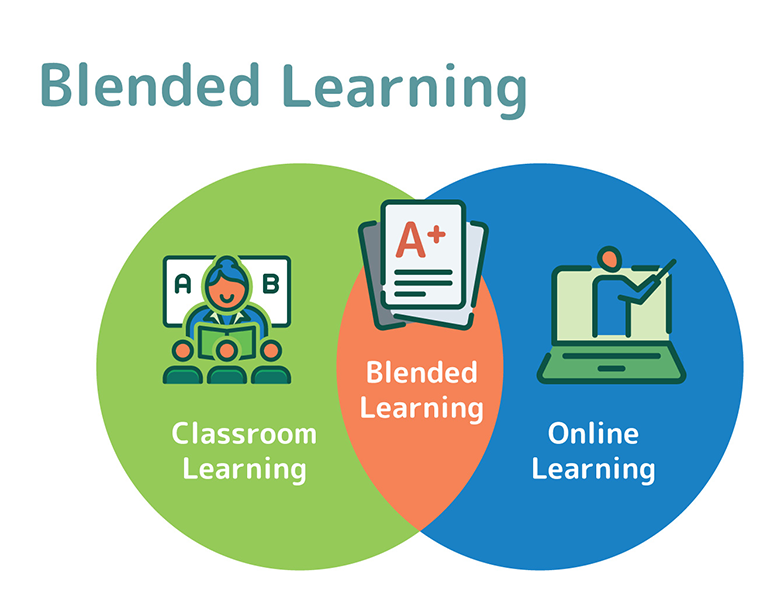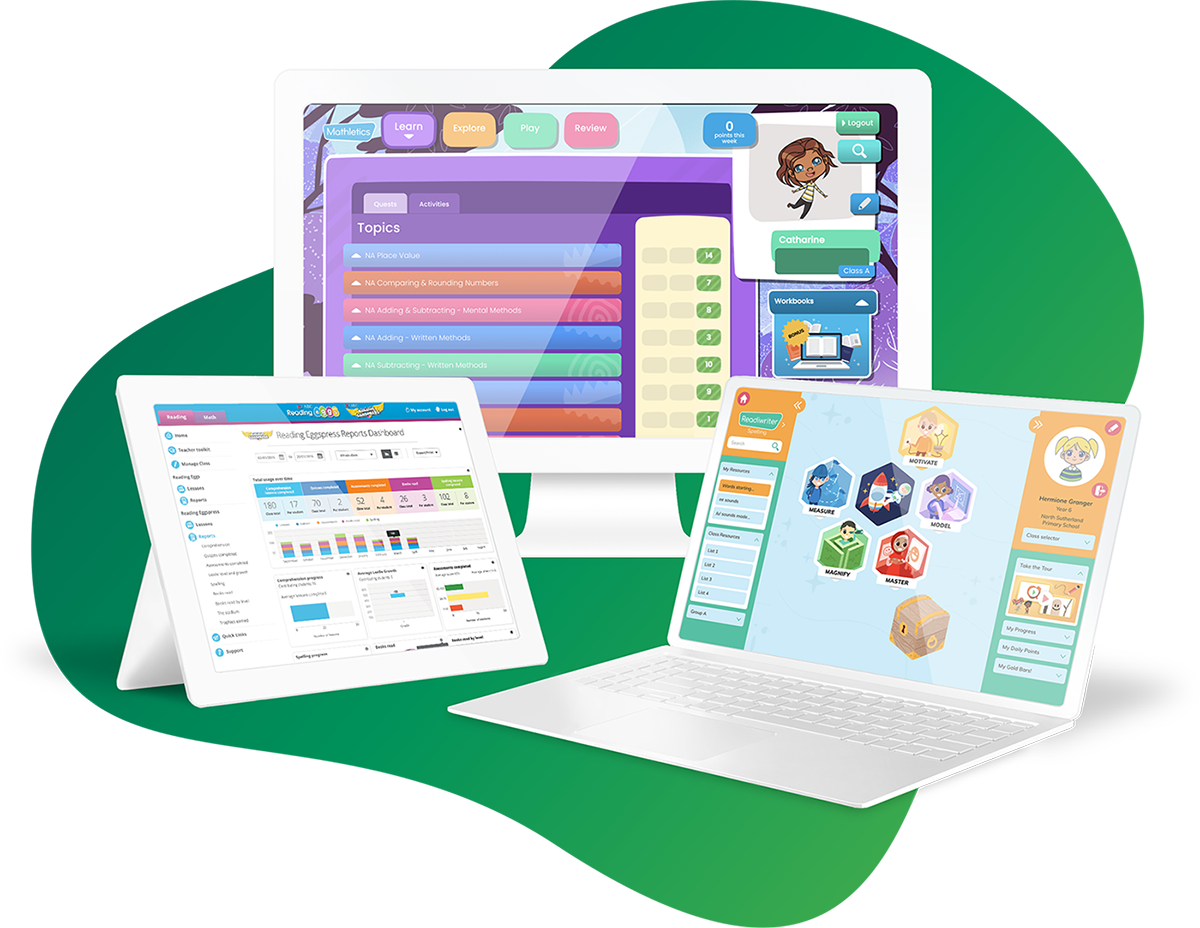
Is blended learning the way of the future? Or just something we were forced to use in exceptional times?
Having quickly adopted an online/classroom teaching hybrid to ensure we’re still reaching our students during COVID-19, we might have overlooked the key benefits of blended learning.
In this article we’ll unpack eight major benefits unique to blended learning, so you can harness them to deliver flexible and personalized educational experiences.
Blended learning is equitable
While everyone still gets the benefits of face-to-face instruction, some of your students will thrive with instruction delivered online. Think of:
- students with physical disabilities or conditions that are difficult to accommodate in the classroom
- students with ASD who are sensitive to noise and distraction
- the introverts who’d rather die than put their hand up in a class discussion.
Blended learning gives all these students equal opportunities to succeed in an online environment that is generally quieter, safer, and more easily adapted to individual needs.
You might find your more “social” students get more done without classroom distractions, too!
Blended learning develops technological soft skills
Your students might be able to navigate YouTube with their eyes closed, but can they compose a formal email? Or keep track of several hundred Word documents without confusion?
Blended learning equips students with these technological soft skills – the ones they need to live and work in a digital world.
It’s not just employers who expect basic technological literacy, either. Even paying a phone bill these days requires some digital savvy, making it important for students to develop it now.
Blended learning is cost-effective
Cost-effective? Even with the price tags on LMSs and software packages?
Yes.
A blended learning model can cut school or department expenses purely by reducing the need for costly physical resources. For example:
- A subscription to a learning program removes the need for textbook sets.
- Digitally hosted resources mean you no longer need an enormous photocopying budget.
- Fewer classroom and school resources will be needed if students learn from home part time.
Blended learning is flexible
Because blended learning isn’t confined to the classroom, it provides the flexibility you need to handle the disruptions that come with school life.
Last-minute assembly called smack bang in the middle of your lesson? No problem. Just upload the content to your LMS for students to access outside of class.
Student home sick? They won’t miss out. Link them to a recording of the lesson or even just a copy of the PowerPoint you went through with the rest of the class.
Blended learning can bring parents on board
Parents have a vital role to play in their children’s learning – but many will admit they don’t know what goes on once they’ve dropped their children off at the gates.
In a blended learning strategy, parents get to be part of the learning journey. They’ll see their children learning online at the dining table and be able to log into the LMS or online learning program to see just what’s being covered at school.
With parents on board, learning finally becomes a joint effort between school and home – and the old “what did you learn at school today?” conversation takes on new meaning.
Blended approaches can make personalized learning a reality
Personalized learning sees every learner taught in a way that caters to their individual interests, strengths, and weaknesses.
Unfortunately, in traditional face-to-face instruction it’s just not feasible to run individual learning programs for 25 students at the same time.
But when blended learning is delivered online, it is.
You can upload personalized instruction online ahead of time, instead of struggling to give multiple instructions for different learners all at once.
Students can use learning programs that are paced according to their personal level of ability.
And no one is confined to a brick and mortar classroom. With the flexibility of online instruction, blended learning allows every student to thrive in the learning environment that suits them best.
Blended learning can boost engagement
Blended teaching allows for engaging digital activities that are colorful, interactive, personalized and – honestly – more fun than a worksheet.
But the classroom is still open between online learning sessions, so the spirited class discussions and group activities that bring everyone together won’t disappear.
The result? A classroom where learning can take unlimited forms, and the next rich, novel task is always just around the corner.
Learn what the research says about technology and student engagement here.
Blended learning keeps classroom connections alive
Blended learning doesn’t replace the classroom with technology. Students still have access to the peer relationships, face-to-face teaching, and sense of community provided by a physical learning environment.
At the same time, a blended learning approach can leverage all the benefits of online teaching without the isolation and excess screen time. It gets the best of both worlds.
Looking to learn more about blended learning?
Check out how to get started with blended teaching, or explore our range of online learning tools for mathematics and literacy.










